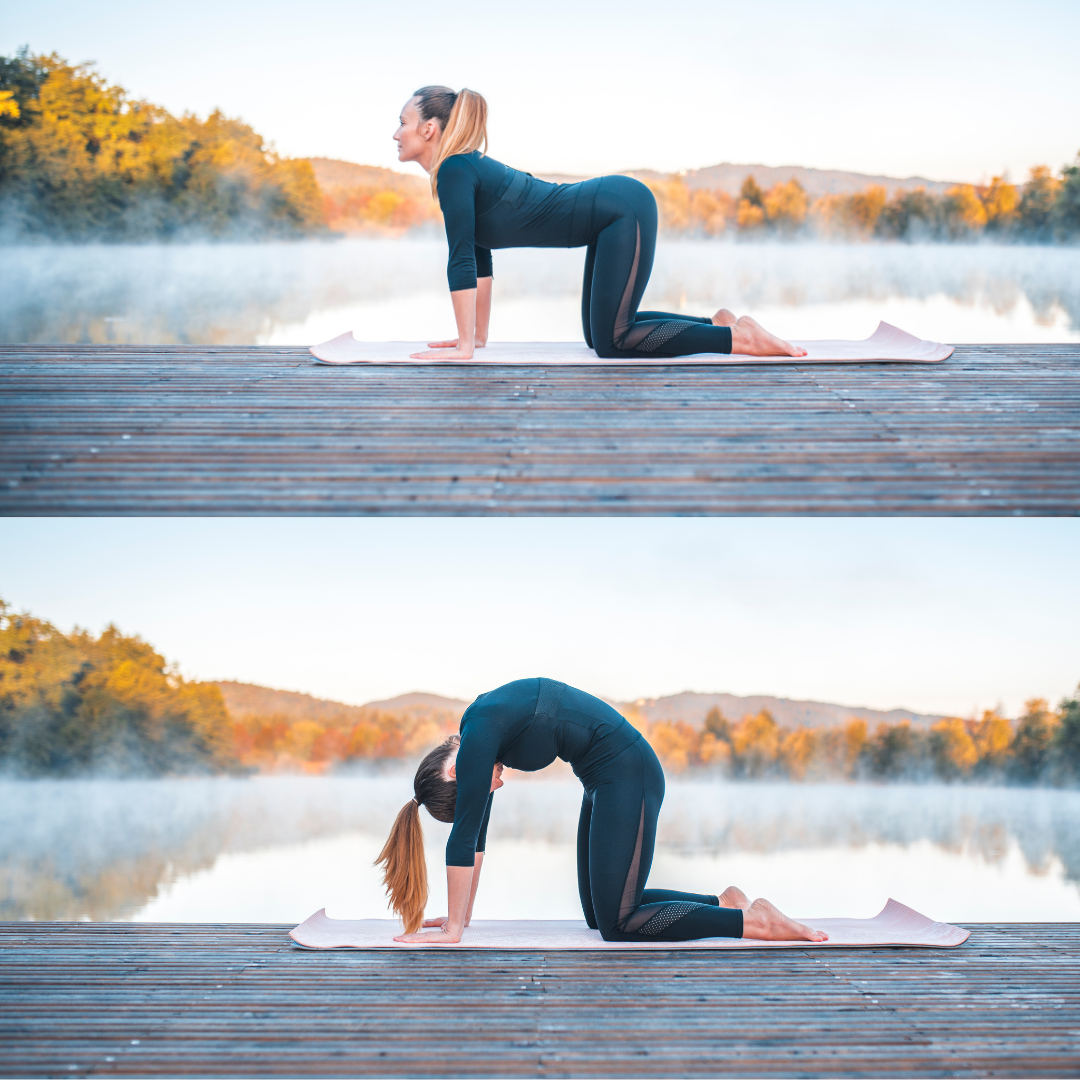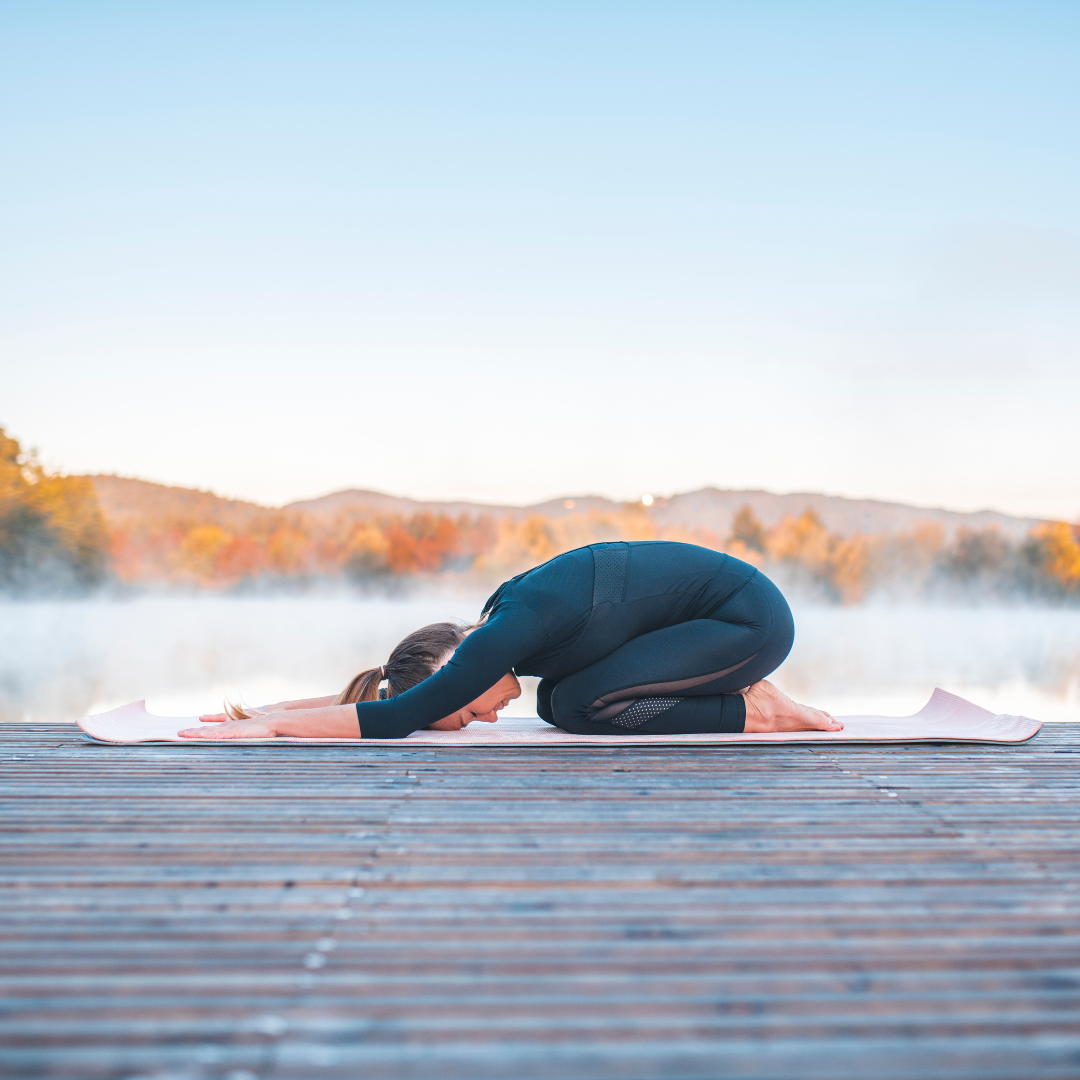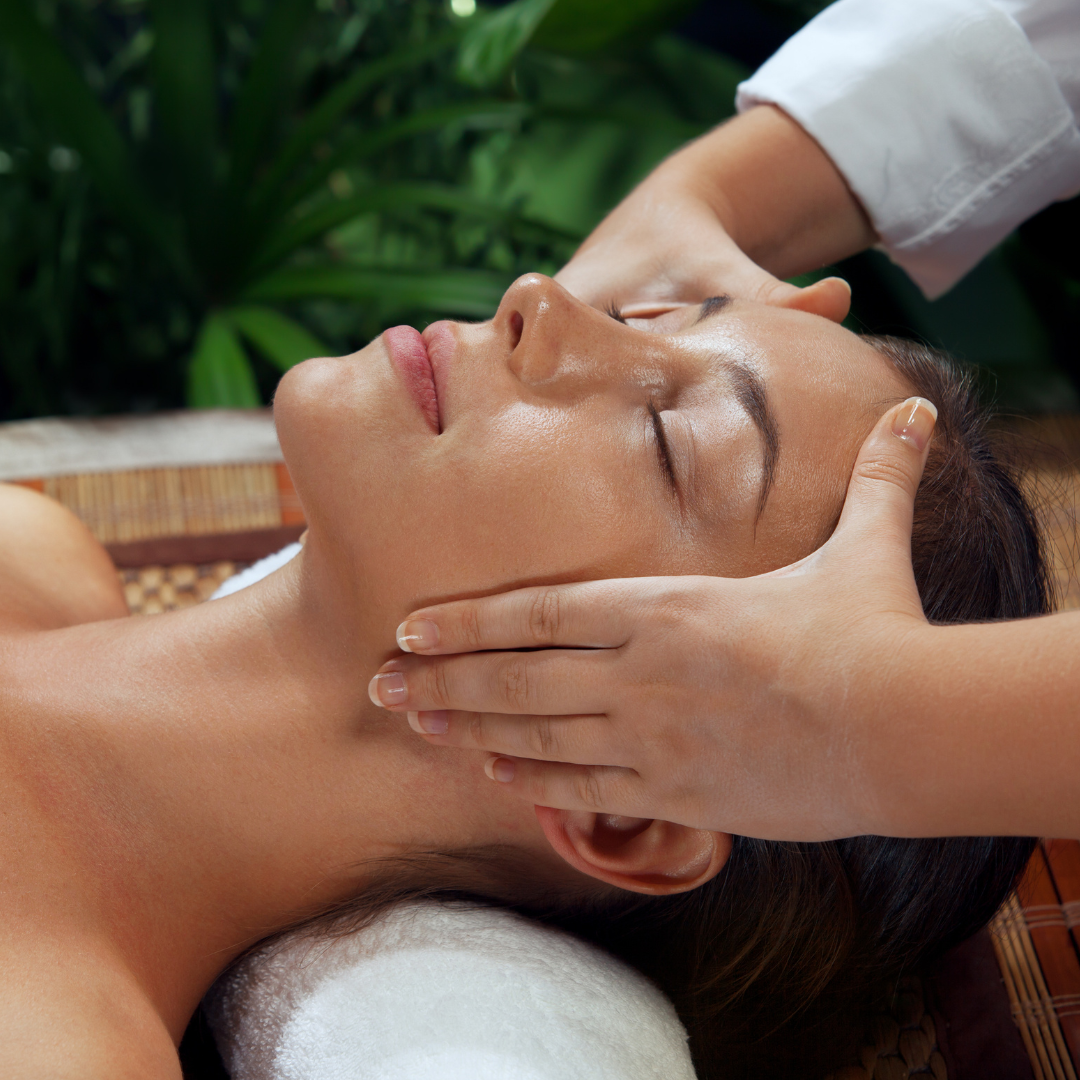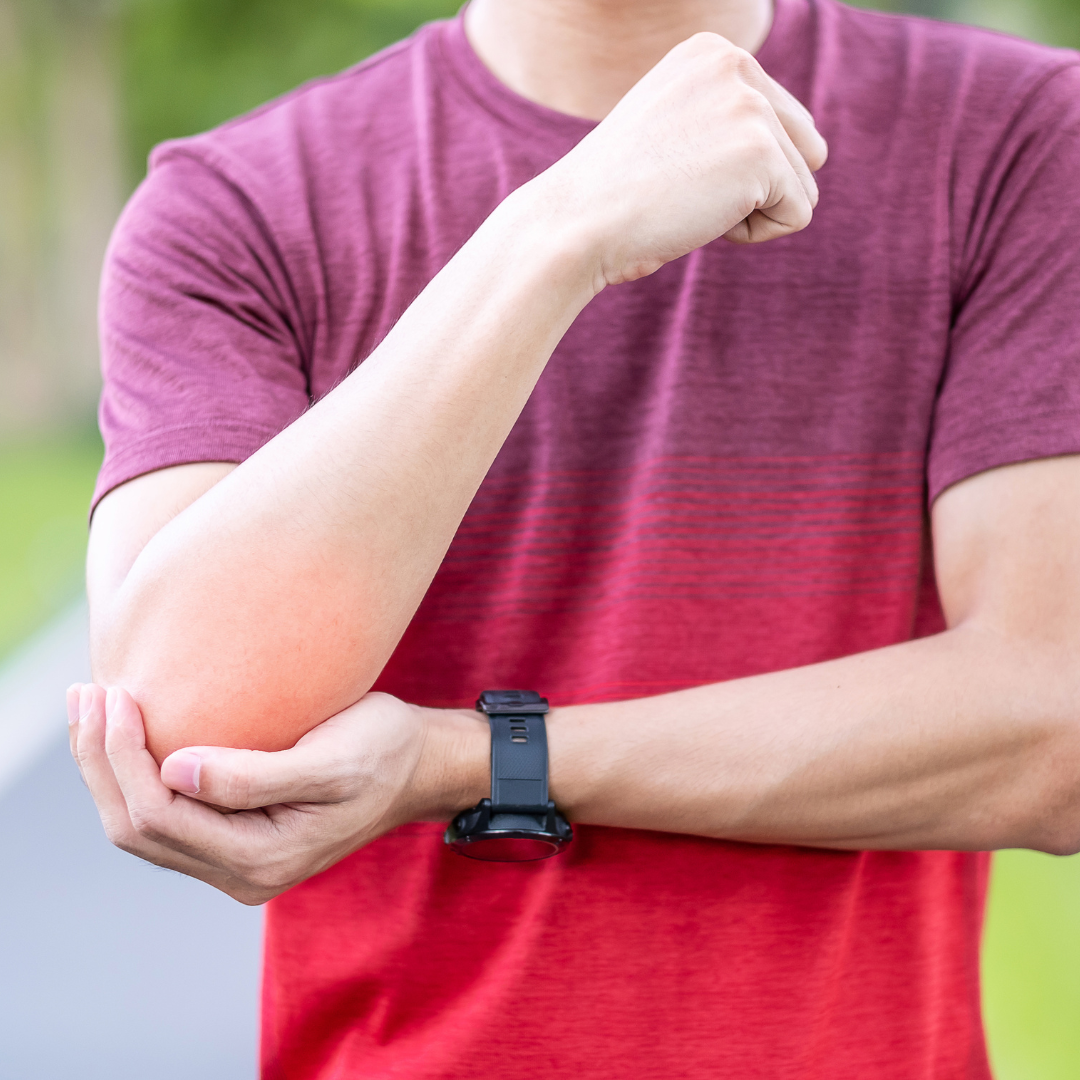|
By Colette Corr We know that motion is lotion, but how do we best support our lower back when feeling pain there? This pain could be caused by injury to a muscle (strain) or ligament (sprain), for example from improper lifting, poor posture, or lack of regular exercise. Other causes that might require more support include radiculopathy (a pinched nerve), arthritis or disc injury. While it’s important to get a diagnosis for certain conditions, remember that many types of lower back pain go away on its own in two to four weeks. Here are some stretches to help increase blood flow to the area, and soothe tight muscles and connective tissue. Yoga has also been associated with improved body awareness and resilience, including pain acceptance and coping. The yoga you do for your lower back will depend on whether the pain you experience there is triggered by flexion (folding forward) or extension (bending back). If folding forward triggers the pain, then focus on extension (Sphinx, Locust). Or if bending back is the issue, then focus on flexion (Child’s Pose). The first two exercises, Mountain and Cat/Cow, can be done by anyone. 1. Extend the spine in Mountain (Tadasana) This is good for any back, as back pain can frequently be associated with certain structures in the spine being too close to each other. Stand with your feet stacked underneath your hips, your arms by your sides a little way away from the body and palms facing the front, or choose to press your palms together at the chest. Have a little softness at the knees, draw your shoulder blades back and down, open up the chest, and visualise your spine lengthening. You can also practice this pose while sitting, if standing is not comfortable for you. Benefits: this pose improves balance, posture and awareness of your body in space (proprioception). It also increases space between each vertebrae through vertebral extension, mobilises your spine, and stimulates the nervous system. 2. Mobilise the spine with Cat/Cow Start in a kneeling position (also known as Table Top) and stack wrists under shoulders and knees under hips. With the inhale, tilt your pelvis away from the ground, and open up your chest and neck (Cow). With the exhale, tuck your pelvis in, arch your back, and bring your chin closer to your chest (Cat). Repeat 10 times. There’s no need to go to the end of your range of motion: just undulate your spine and with the breath and enjoy the feeling of movement. You can also practice this pose while sitting. Benefits: this gentle, accessible backbend stretches and mobilises your spine and spinal muscles. It also stretches your torso, shoulders, and neck. Caution: If either Cat or Cow aggravate your lower back, you can practice Table Top to Cat, or Cow to Table Top instead. 3. Extend the spine in Sphinx pose Lie on your belly, legs side by side, tailbone gently tucked, and glutes firm but not clenched. Stack your elbows under your shoulders and your forearms on the floor parallel to each other. Inhale and lift your upper torso and head away from the floor into a mild backbend. Take a few breaths here, then, then slowly lower your torso and head to the floor. Benefits: strengthens the spine, promotes natural curvature of the lower back (which can be flattened by prolonged sitting), and stretches chest, lungs, shoulders, and abdomen. Caution: Listen to your body. If you start to feel pain coming into the pose, this is where you stop. You can pause at the threshold before the pain begins, or you can discontinue the pose. Avoid if you have facet joint injury. 4. Strengthen the core with Half Locust If Sphinx is comfortable for you, you can take it further with Half Locust. Start on your belly, legs parallel and ideally together, and reach your hands back, palms down. Broaden your collarbone and draw the shoulder blades back and down. Inhale and engage your abs, which will lift your belly lift towards your spine. Then, activate your inner thighs. With the exhale, gently squeeze your glutes to lift your legs off the ground and keep them there as you breath. Take 3 long, slow breaths, and lower on the last exhale. If comfortable in Half Locust, you can come to full Locust but lifting the upper body up into a Sphinx-like shape, but keeping your palms by your side. Only do this if you can keep the glutes and core engaged at the same time. Benefits: works glutes and abdominals, tones thoracic spine. Caution: as for Sphinx. 5. Flex the spine with Child’s Pose From Table Top, on the exhale, draw the buttocks back towards the heels. For additional comfort, you can do so over a lengthened bolster. Benefits: This pose improves spinal flexibility, relieves stress and improves circulation to the back. These yoga poses are generally safe for most people to enjoy for stretching out the lower back. As with any new exercise, if you are already having significant pain, please book a time to see one of our team for assessment and treatment, and we can advise you on the most appropriate exercises for your current condition, and guide you through any safe modifications to these exercises.
By Jacqui Mulholland You may have heard of the term “holistic” sometimes spelled “wholistic” when referring to certain health modalities and practices. Here we will explore what holistic means and how it applies in a remedial massage context, and why I choose to approach my treatments in this way. What Does Holistic Mean?
Holistic means that the patient is treated as a whole person, taking into account physical, mental, emotional, societal & even spiritual aspects. Seeing all these aspects of a person all playing a function in disease, symptoms and the quality of the human experience. Believing that all of these parts are interconnected and interdependent and make up the whole of you. How Does it Apply to Remedial Massage? Viewing a person holistically in a massage treatment provides a wider lens from which to view and address the pain or symptoms. Whilst working to provide practical relief and improved function within the physical body, the therapist is aware of the potential to impact multiple layers of a person's well-being and health. The practitioner works within the scope of a remedial therapist in line with their training and experience with an understanding and appreciation of the complex human experience and the correlation of all of the aspects that relate to mind-body health. This does not mean that we have the ability to diagnose or recognise illness, or mental health conditions nor the ability to treat specifically to those issues. However we are aware of the impact that our regular treatments can have on these aspects of your health, and how our treatments can provide continued support to you and complement other treatments you may need. Often the holistic massage therapist will have an interest and possibly some training in supporting natural healing modalities that give them further understanding and experience of a broader range of possible impacts to your whole health. Eastern medicine and ancient philosophies and practices can provide some further support and insight into your health. Whilst your therapist may be aware and trained in these alternative modalities, they often require a separate treatment or referral to another practitioner. While the focus is on providing a remedial massage treatment with your massage therapist, we may also be able to recommend another form of therapy or practice that we believe may be beneficial for you. These may include modalities such as meditation, yoga, pilates, nutrition, naturopathy, chinese medicine, acupuncture, reiki, psychotherapy, holistic counselling and so many more! Often a combination of therapies can help give you a greater understanding of what works for you and how you would like to support your holistic health and wellbeing. These options are particularly helpful if you are curious about approaching your health from a more holistic perspective. If you are interested or believe the holistic approach to your health might benefit you, You could start by asking yourself some of these questions: How is my physical health? How is my mental/emotional health? How is my spiritual health? How is my gut health? How is the quality of my sleep? Am I present? Or am I mostly focused on thoughts of the future or the past? How are my intimate relationships? How is my libido? How are my energy levels? Am I moving my body enough? Do I make time to rest? Am I too harsh or critical of myself? Do I tend to put others' needs before my own? Am I struggling to keep up with the endless and ever-growing to-do-list? Do I feel constantly drained, depleted, lacking energy and vitality? Am I feeling disconnected and detached from people, work or relationships? Do I feel burnt out? Have I lost faith in the decency, kindness or humanity of others? I could go on and on! As you can see, there are varied and complex feelings and influences on our whole-being health. This human experience can be challenging and confusing at times. Knowing that you have more choices than you think to support yourself is empowering! Which is why opening up your awareness and exploring some holistic modalities can support you in a variety of ways. Start with something you might feel more comfortable with and go from there. If massage is your thing, I would love to be able to meet you and support you on your holistic health journey. Sometimes initially it can help to ask questions and get some recommendations so you can feel more confident about which path to choose. Book a holistic remedial massage with me and let's discover what works for you to achieve your holistic health goals. ‘Golfer’s and ‘Tennis Elbow’ are common complaints when it comes to those suffering from elbow pain, and yes it certainly happens even in people who don't play the sports these conditions take their nicknames from. Firstly, yes there is a difference between Tennis Elbow and Golfers Elbow, which is that one occurs at the outside of the elbow (Tennis Elbow) whereas the other occurs at the inside (Golfers Elbow).
The other difference is of course implied in the names in that they are often brought on by different repetitive activities that involve movements of the elbow - but its not limited to just tennis or golf. Beyond these distinctions however, is what they have in common, which is that they are both tendon overuse injuries, and that they are either going to be from the over-gripping activities which will require the muscles at the palm-side of the forearm, or else from the overextending activities of the wrist which will require the muscles at the backhand side of the forearm. And in case you haven't already guessed it, yes either of these muscle groups is connected to either side of the elbow! The best approach in terms of hands-on treatments with these types of injuries is to focus less work on the tendons themselves and rather more on all the muscles and muscle groups that join up with the tendons involved. This is because if the muscle tension at those specific muscles can be reduced it will relieve some of the tension at the tendons as well and essentially ‘de-load’ them, which can subsequently give them the time off they need to heal while not being constantly re-aggravated by the forces pulling on them. While most people often think of massaging sore areas, tendons that are already acutely inflamed actually don't love being directly worked on. Being tendon injuries, or what we call Tendinopathies (formerly Tendinitis/Tendinosis), they are usually an overuse type injury rather than acute (although an initial acute or sudden trauma/injury to a tendon can also lead to more chronic tendinopathies too), meaning that they usually come about as the result of repetitive use. For example, in this case, a builder having to use power tools for long periods and needing to grip tightly with their hand/s to maintain a stable hold while it moves and vibrates. All of this can stress and strain the tendons, and so it's important to remember that, due to the nature of the injury mechanism, we want to try and limit the forces on tendons as much as possible so as not to exacerbate them. So although we can work on muscles to reduce their potential strain on the tendons, it’s also necessary to reduce the loads on them in general, which could look like taking more regular but shorter work breaks, switching between different tasks and/or tools, using lower settings on machines and tools where possible, and being conscious of how hard you might be gripping / how much tension you really need to use vs how much you can relax as you maintain the task at hand. Anti inflammatories can be really helpful for this type of pain. We know a lot of patients who see us don't like to use medications, but tendon injuries are one type of condition that really responds well to that extra anti inflammatory support. By taking an anti inflammatory medication (as directed by your GP or pharmacist!) you can reduce the pain of your tendon and give yourself a chance to complete some of the pain relieving exercises we suggest. If you don't want to take anti inflammatory tablets, you can use a topical cream rubbed straight into the elbow. Also using ice on the tendons after a hard day to bring the inflammation back down and give them more time to recover during the night can be valuable. Another brilliant strategy with these elbow tendon issues is to use an elbow brace. Its an easy to use, affordable option that provides your angry tendon with a chance to take a break. The brace wraps around your forearm, and has a pressure point imbedded into it that you position over the area where the muscle and tendon connect, and this brace allows us to take load off the tendon by forming a new mechanical tension point. When you're wearing the brace, the muscle now moves from the brace to its other insertion point at the wrist, and gives the elbow attachments a recovery window. Our practitioners can help you fit the brace in the correct position for your pain. Lastly, once the initial symptoms are under control it’s a good idea to start rehabbing and building up strength and endurance of the muscles and tendons so as to ensure they have the capacity to do the work required of them. Using graded exercise is typically an important part in the actually healing process of the tendon repair too, as it helps to ensure that not only they build their capacity, but that they remodel and realign the tissues fibres and heal properly with less likelihood of reinjury by regaining some of there elastic and tensile properties. Tendons go really well with loaded exercises, but of course we need to get the weight level right for you. If you're already someone who has a lot of strength, you may start at a higher resistance level, but if you try to go too heavy too quick, that tendon can get very upset again. Our practitioners can help you with a quick daily exercise program that gets your tendon healthy again. Tendons can take time and persistence. You'll see us frequently at first while we get the pain levels under control, but our ultimate aim is to get you to the rehab stage where you follow the exercise program to rebuild strength. You may also experience a "stepping forward, stepping back" type of recovery with a tendon issue, because that area can get sensitised easily. We are here to help and support you through the process. If elbow and forearm pain has been getting in the way, please come and see us, we are here to help. Just call or leave a message with us at the Simple Wellness Myotherapy clinic here in Rowville on 03 8204 0970, or alternatively you can visit our website to see our booking schedule and make an appointment yourself for a time that best suits. |
Meet Our Team
We have a team of great practitioners available 7 days a week at our Rowville clinic. Archives
July 2024
Categories
All
|
Got a question about Myotherapy?
Contact Mel by phone, email or Facebook
|
Simple Wellness Myotherapy & Remedial Massage Clinic
Shop 12B 150 Kelletts Rd Rowville VIC 3178 |
Phone us on
03 8204 0970 |








 RSS Feed
RSS Feed